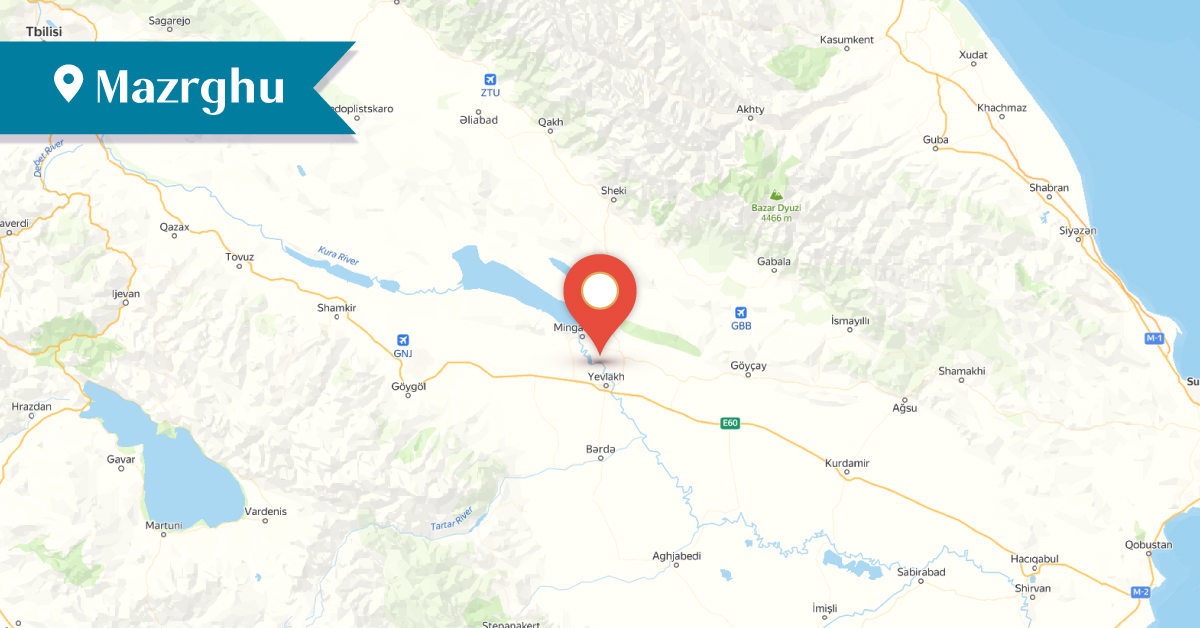2025
2025
2025-01-27

The Armenian-populated village of Mazrghu, located in the Yevlakh district, was situated 1–2 kilometers from the left bank of the Kura River. It was one of the historical Armenian settlements of the region. In the mid-19th century, the village of Mazrghu was exclusively Armenian-populated and had 119 residents. In 1891, the village had 42 Armenian households, and by 1901, the population had grown to 393. Following the Armenian-Tatar clashes of 1905–1906, the population decreased to 261. In 1914, the village remained entirely Armenian-populated, with 382 residents.
In 1918, in an attempt to escape the massacres, the residents of Mazrghu converted to Islam. However, this desperate measure did not save them from the massacres carried out by Turkish forces, and the village was depopulated of its Armenian inhabitants. The Mazrghu residents who miraculously survived the massacres, along with refugees from the neighboring villages of Qandak, Arash, Havarik, and other villages of the Arash district, settled in 1919 in the village of Karkhun (Arshakakert) near the Etchmiadzin station.
In the 19th century, the village of Mazrghu had a church named Saint Gevorg. During a visit by the renowned monument researcher Samvel Karapetyan in the 1980s, the Saint Avag Nshan Chapel, built in 1867, was still standing near the village. Bishop Makar Barkhutaryants had previously published the eight-line inscription carved on the lintel of the chapel’s entrance.
In 1867, the construction of the small chapel of Surb Avag Nshan began.
It was built by Baghram, the son of Mazrghu resident Hovsep, Shirin, Gaspar, and the son of Urshut, along with the people of Mazrghu.
May the Lord bless them for their help. Written by Ter Khachatur.
Whoever reads this, may they say, 'Have mercy.'
The village of Mazrghu is now called Marzılı and is inhabited by Azerbaijanis.
Bibliography
Barkhutaryants M., Land of Aghvank and its Neighbors: Artsakh, Yerevan, 1999.
Karapetyan S., The Armenian Lapidary Inscriptions of Aghvank Proper, Yerevan, 1997.